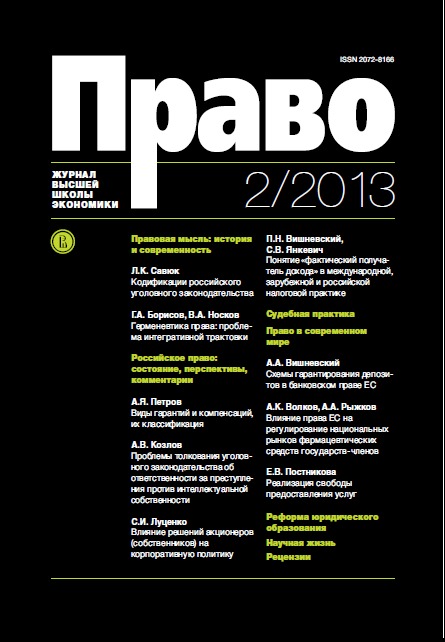Formation and Standard Fastening of a Theocratic Monarchy in Mongolia between 1911 and 1924
Abstract
With state Qing disintegration in October, 1911, Mongolia saw an intense national-liberation struggle and more intense activity of centrifugal forces that led to the proclamation of the country’s independence in December, 1911. However, the status of Outer Mongolia remained undefined until 1945. Despite being independent and its own internal and foreign policies (getting support from Russia), Khalkha was considered part of the Republic of China in international documents of Mongolia, Russia and China. A number of internal and external reasons caused Mongols ofKhalkha to create in 1911 a theocracy. However, the descendants ofGenghis Khan did not become the rulers of the political entity. In Mongolia where religious institutes have traditionally played an important role in society, the wave of religious revival brought a religious aspect into the relations between the state and authorities. The figure representing divine foresight was Bogd Gegeen VIII, also being the Jebtsundamba Khutuktu. This form of political head of state let Khalkha become institutionalized. The status and significance of Bogd Gegeen who got the title of the Great Khan played a key role in the process of national rebirth and consolidation of different political and religious forces. At the initial stage, it was he who managed to unite all political forces, which led to a successful state building. This political regime was codified in a number of legal acts, in particular international treaties which involved Russia. However, after the Chinese invaders were defeated in 1921, the powers of Bogd Gegeen were reduced politically by means of Solemn Compact between the head of state and the so called People’s Government. However, this balance did not exist long. The idea of association of all Mongolian nationalities as a sovereign theocratic formation under the aegis of the same monarch-sovereign got irrelevant with the lack of national unity. In 1924, after the death of the Bogd Gegeen, the form of government changed and Outer Mongolia was declared a republic.
Copyright (c) 2013 Law Journal of the Higher School of Economics

This work is licensed under a Creative Commons Attribution-ShareAlike 4.0 International License.


















